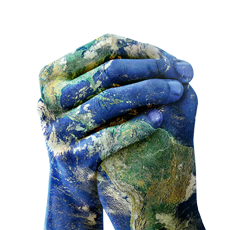Goal & Scope Definition
In this category, 0 Questions relating to Goal & Scope Definition are currently being discussed. In order to refine the relevance of your request, you can filter this hit list directly according to one of the following subcategories at any time:
There are no questions matching your query or you do not have permission to read them.
